The study of charred remains of processed legumes and nuts gives new insights into the food choices and resource exploitation of Paleolithic humans.
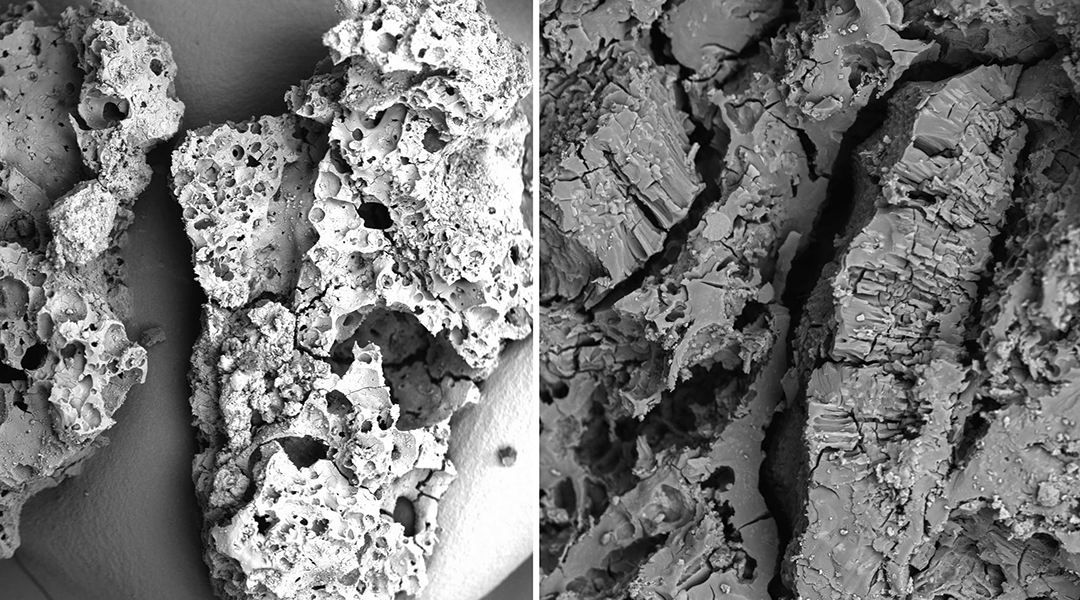

The study of charred remains of processed legumes and nuts gives new insights into the food choices and resource exploitation of Paleolithic humans.

Nearly 200 million years before modern whales, school bus-sized marine reptiles called ichthyosaurs may have been making similar migrations to ancient breeding grounds.
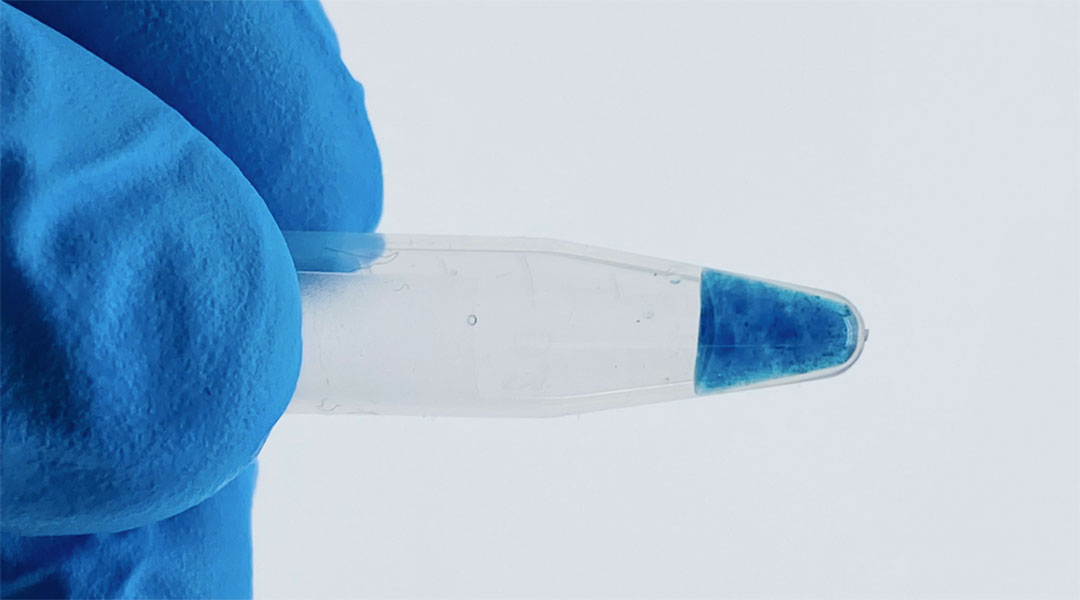
A new hydrogel platform helps monitor chemotherapies in the body in real-time, allowing their side effects and potency to be better understood.

Chemically driven nanomotors may help resolve chronic inflammation in patients with rheumatoid arthritis.

To optimize 3D printing, researchers apply machine learning to minimize waste and optimize structure during the printing process.
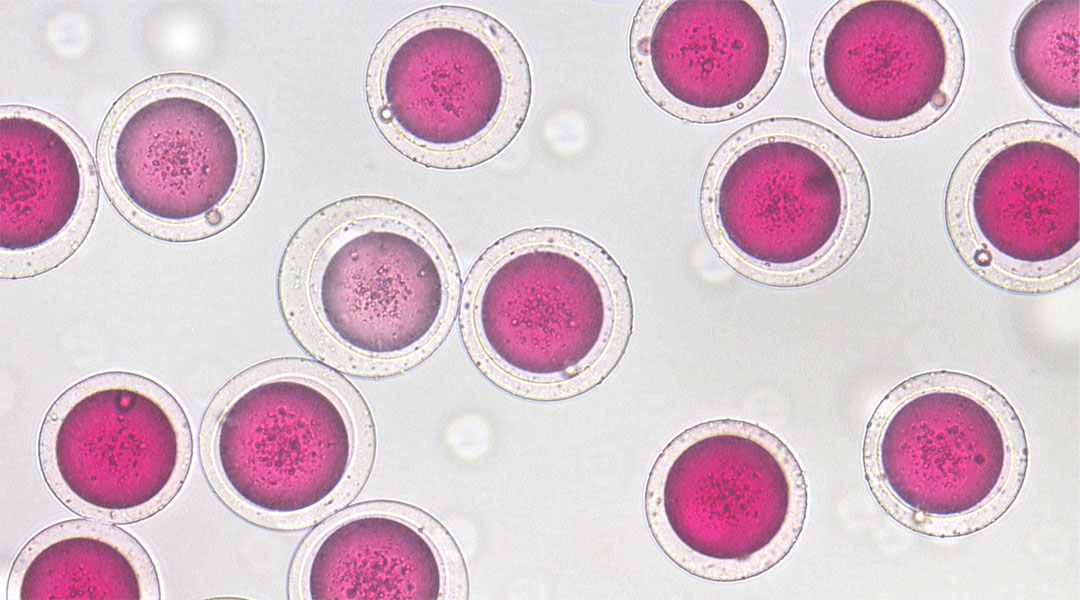
Check out atomic glimpses of graphene ribbons, double bubble microspheres, and a solar evaporator made from bone.
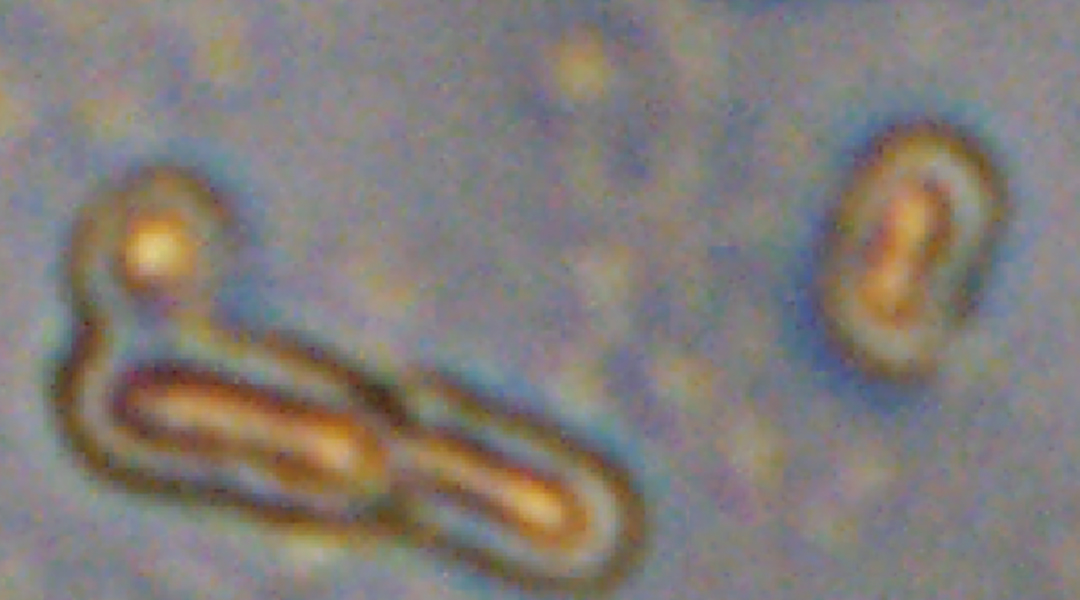
Implants containing cyanobacteria help produce oxygen within heart tissue to repair damage done after a heart attack.
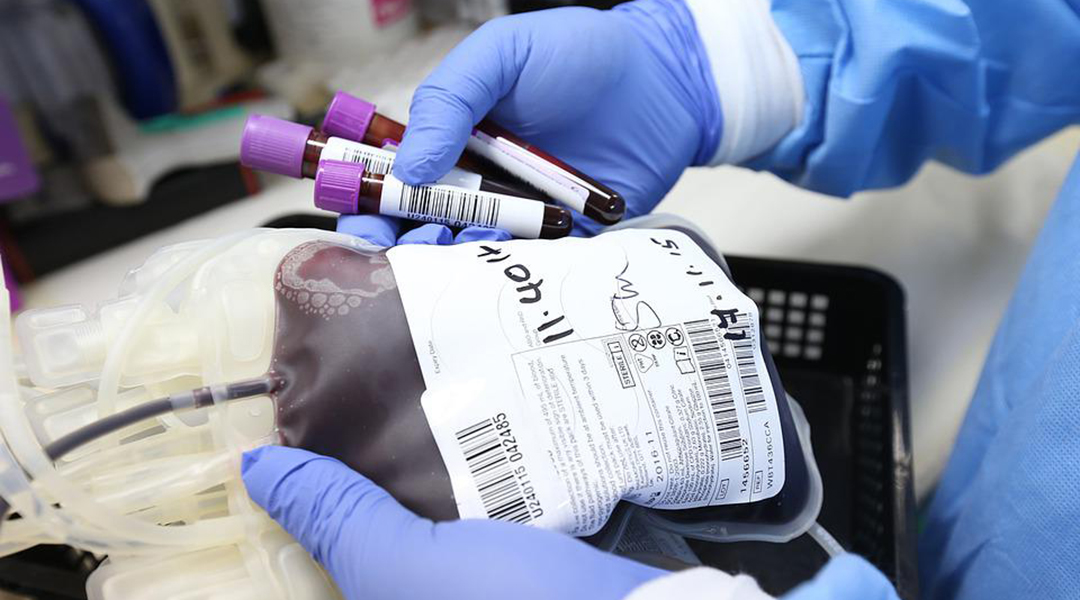
A new drug called momelotinib reduces the need for blood transfusions in anemic patients suffering from myelofibrosis.

Self-sensing materials will find a range of applications from tissue engineering to building lightweight aircraft.

Researchers show that through aging the number of stem cells contributing to blood cell production significantly shifts.